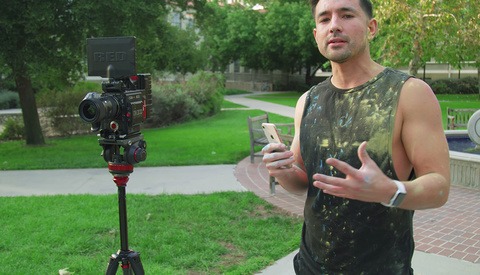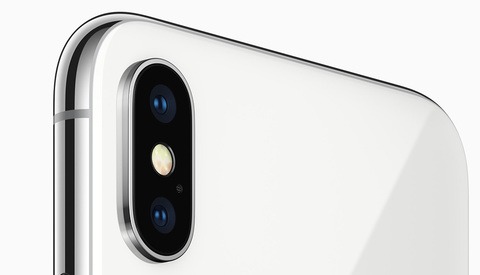What You Need To Check Before You Hit Record
Preparation is quite possibly the most important part of any project. Before starting anything it's extremely important to prepare and this is one of those things that many people including myself tend to forget. We get caught up in the moment or the excitement and due to this mistakes can occur. It's generally the little things that tend to get missed, I hope I'm not the only one that's turned up to a shoot without a battery or SD card. I know I've had my fair share of occasions where I could have put in a little more work into the planning stages. One can, of course, become better at these sorts of things but then one must also put such things into practice.


















